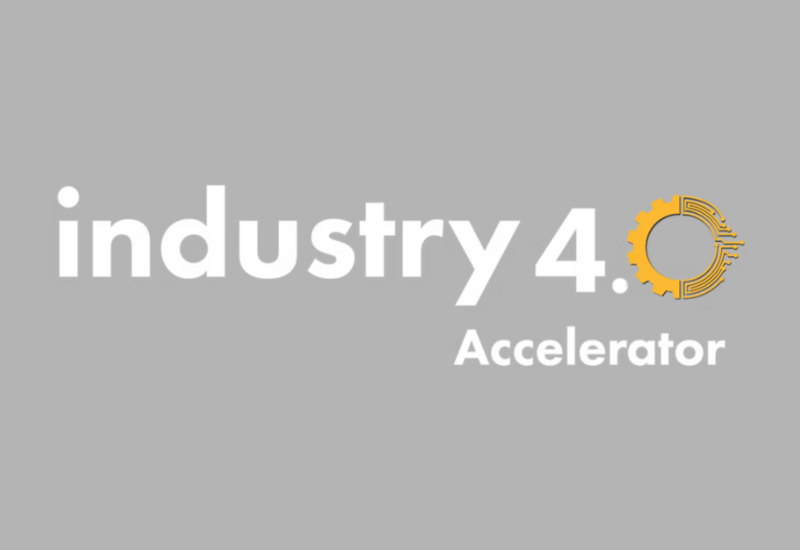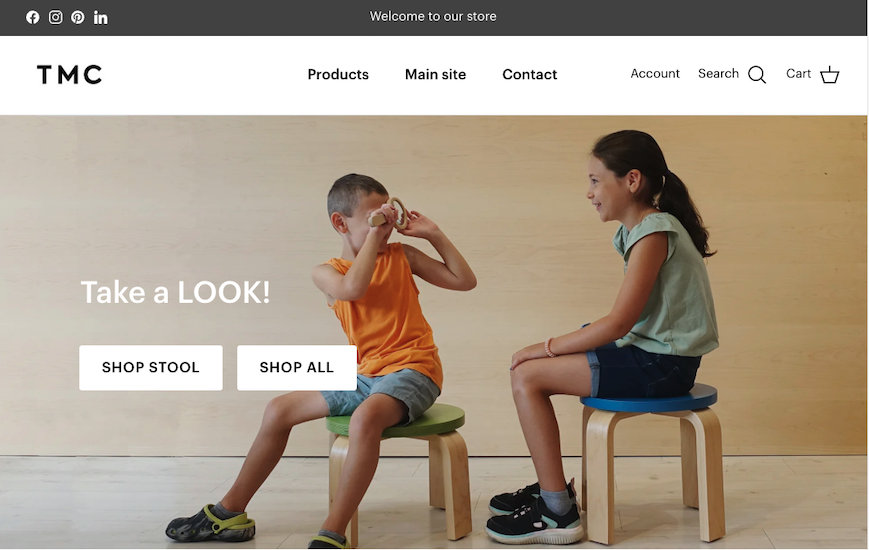Last week I had the opportunity to attend the Adobe Summit 2024 in Las Vegas. It’s a huge conference – about 12,000 people – with lots of content tracks that highlight the latest features and updates in Adobe’s large suite of products. My colleague Jeff and I attended with a special intention of finding out where the Adobe Commerce and Magento eCommerce platforms fit into the larger Adobe picture. (Magento was acquired by Adobe in 2018. Read more about how the product was integrated.)
While there are a lot of interesting things ahead for this year, our suspicions about the focus on Commerce were confirmed. In this post, I’ll talk about where Adobe’s focus is (top 100 accounts, AI, integrations), the general feeling about where Adobe Commerce is headed, and our thoughts on all of it.
Adobe’s Focus for 2024
Top 100 Accounts
About a year ago, there was a large shift in the Adobe organization which saw many roles being moved around. Some folks lost their jobs while others were reassigned to different roles or sales territories. What Human Element noticed most, though, was that Magento clients were having their licensing rates raised significantly. Since this is cost prohibitive for mid-market merchants, it seemed that Adobe was signaling that their focus shifted towards larger, enterprise clients who could bring in the larger licensing fees.
While we’ve seen this happening over the past year,  Adobe confirmed this verbally many times over in presentations at the Summit. Their focus is currently on selling to and servicing their top 100 accounts, leaving a gap for many mid-market merchants. We’ve seen some clients and prospects react by looking for alternate platforms which are more affordable but offer similar functionality.
Adobe confirmed this verbally many times over in presentations at the Summit. Their focus is currently on selling to and servicing their top 100 accounts, leaving a gap for many mid-market merchants. We’ve seen some clients and prospects react by looking for alternate platforms which are more affordable but offer similar functionality.
AI
At Adobe Summit 2023, there was a big buzz about AI and the initial beta presentation of Adobe Firefly, and this year was no different. A lot of energy and attention this year from Adobe trying to turn it from an initial aspirational product idea that people could play around with, into a practical business tool that was incorporated into practices that marketers relied on.
Adobe Firefly is a very cool (and free!) tool that can be used to generate visual content quickly. If you’re unfamiliar with Adobe Firefly, it’s definitely worth checking out – you can utilize generative AI to create assets for your website, email marketing, ad campaigns and many other uses! We’ve used it in some of our work – including the images for this blog post!
Adobe Commerce Roadmap
I attended a session that outlined new features coming to Adobe Commerce Cloud and Adobe Commerce Cloud Adjacent tools – some of which I’m very excited about, others were very aspirational and focused on the top 100 accounts where Adobe is the team providing the implementation services.

Here are a few highlights:
- Edge Delivery Services (EDS) and document based authoring was announced. This would be a new feature, available for Adobe Commerce Cloud customers that changes the network setup and has the potential to really speed up the Adobe Commerce website. Document based authoring allows for marketers to utilize tools they are familiar with – like Microsoft Office / Google Docs to edit content on their Adobe Commerce Cloud website.
- EDS also allows for utilizing pre-built components for quick start development/boilerplate commerce, drop in components and drop in SDK – expanded upon by the Adobe Commerce development community
- Adobe Workfront is a tool that can be utilized to manage ads across multiple platforms, integrated with Adobe Commerce for product/order data.
- A/B testing will be included in an upcoming Adobe release to allow for testing of certain content on Adobe Commerce Cloud sites.
- An enhancement to the B2B module is coming to allow for and enhance B2B quoting, turning RFQ into orders, and allowing for complex company accounts, giving the ability to assign a buyer across multiple accounts
- Adobe is coming out with their own payments feature – Adobe Pay. Similar to other ecommerce payments on the market, it will have many payment options including credit card, Apple Pay, Amazon Pay, Paypal, etc. It looked like Android pay was later on in the roadmap.
- There was some news about a pre-built component for integrating Microsoft Dynamics which was pretty exciting! I’m unclear if it’s related to the Edge Delivery Service, or would be a part of an out-of-the-box Adobe Commerce license. Exciting nonetheless.
- One feature that I’ve had several clients ask about in previous years is going to be released soon! Bundles inside of a Bundle! There was mention of other more complex product types, but they lost me from excitement at the mention of bundles within bundles.
- There was mention – only when explicitly asked – that PWA will continue to be on the roadmap; however there hasn’t been a new release in a long time.
You can view the presentations on Adobe Commerce here (requires an Adobe login to view).
The Magento Community at Adobe Summit
A lot of the Magento community were present in Vegas and it was great to be able to connect with folks we’ve known for years. But what we noticed was that many of them were not directly involved in the Summit. They rented penthouses and suites in the conference hotel in order to have space to engage with others, but they didn’t actually attend the conference. The vibe felt like the old Magento gatherings, with lots of the same faces sharing the same enthusiasm for the platform from days gone by.
Alternate eCommerce Platforms
At Human Element, we always focus on helping our customers choose the eCommerce platform that is right for their business. As licensing fees for Adobe Commerce (Magento) are now cost prohibitive for a lot of our clients and prospects in the mid market, we find ourselves in a position to offer alternatives more frequently. While we still maintain our partnership and certifications with Adobe, we also continue to direct attention to Shopify and BigCommerce, platforms which may provide a better solution for this market segment. We’re prepared to offer the platform that makes the most sense. We are maintaining and growing our partnerships with Shopify and BigCommerce (earning & renewing certifications), assessing platform TCO for clients, and taking a proactive approach to examining clients’ Adobe license expiration dates to ensure there is time to re-platform, if needed.
Regardless of where you sit with your current eCommerce platform, Human Element is here to guide you through any transitions. Give us a shout if you have thoughts about what I’ve talked about here, or if you need help taking the next step.



